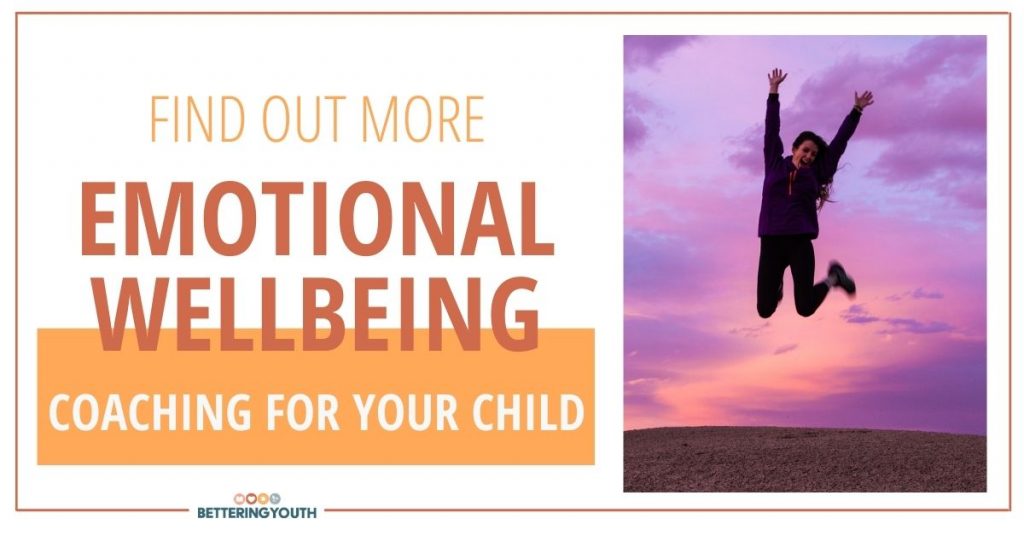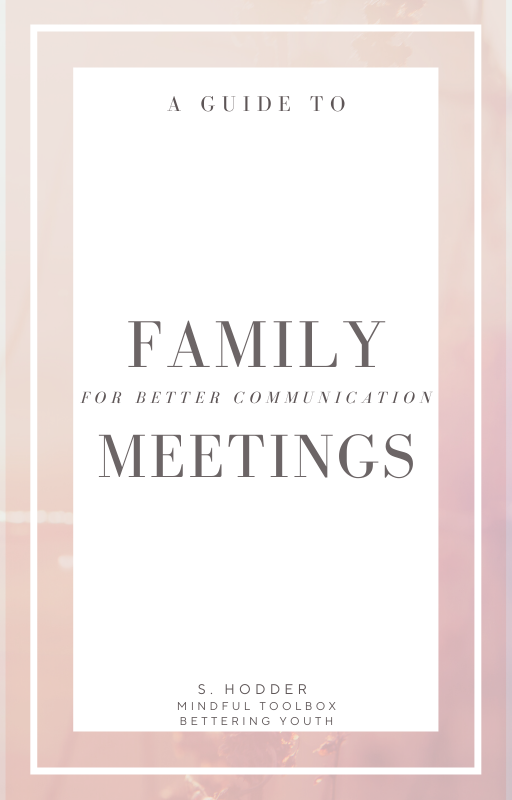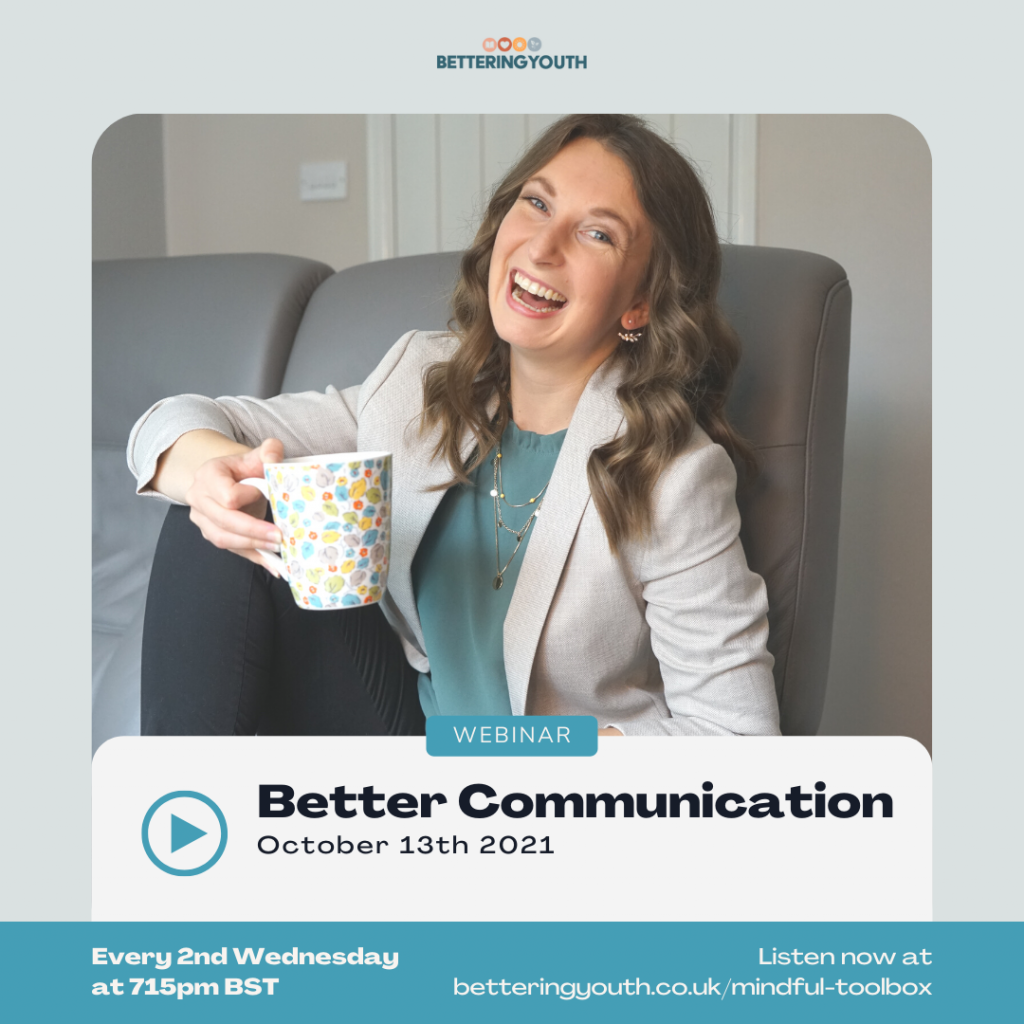18 powerful tools to support emotional regulation.
Learn how to support your child in confidently dealing with their emotions with our Emotional Wellbeing coach and mentor, Sarahlynn.

Emotions are a natural part of our daily lives. They are important at giving us the unique, human experience.
Sometimes, they can feel overwhelming or isolating. It’s important to provide learning opportunities for your children, so they can develop the skills required to deal and communicate their emotions effectively.
Build Emotional Literacy
Building emotional literacy is a small step in supporting your child in developing effective strategies to emotionally regulate and communicate how they feel.
Children (and adults!) must first understand what they are feeling in order to know how to process and express it.
There are over 30 activities shared in this blog to help you build emotional literacy within your child.
Some of my favourites include:
- annotating life size drawings to show where and how they feel emotions
- playing feelings charades
- creating a mindfulness glitter jar
- watching and discussing Disney’s Inside Out

Provide a time and space dedicated to practise
One of the best ways to ensure that your child will build emotional regulation skills is to provide the time and a safe space for them to practise.
My favourite way to encourage this is through Family Meetings.
Family meetings are an incredible tool that provides all members of the family an opportunity to share and reflect.
They are best held at regular intervals to allow for consistent practise.
As discussed in October’s Mindful Toolbox session, family meetings allow for modeling good communication skills as well as a great opportunity to reflect upon past behaviours in a non-judgemental way.
Teach children about the brain
In all circumstances, it is important that we teach children about the brain. How it works when we’re functioning well, and how it reacts to outside stimuli that bring about big emotions.
One of my favourite ways to teach about the brain is through a borrowed process called “Flip the Lid”. This is an activity that we modify and include with all of our emotional wellbeing coaching clients as it is a great tool to discuss the relationship between the Prefrontal Cortex (logical thinking) and the Amygdala (Fight, Flight or Freeze response).
Teach Emotional Regulation Tools
This step is best done slowly and consistently. Choose a tool (or two) that relates to your child’s typical behaviour type and implement it. Introduce this tool at a family meeting as something the entire family will make use of. Get feedback, encourage conversation, and don’t be afraid if your family tweaks it to suit their specific needs.
Tools for dealing with anxiety:
- Set aside worry time: worry time is a dedicated 15 minute slot whereby your child can spend thinking and worrying. This helps because it eliminates worrying all day and creates a routine and therefore control.
- Mindfulness breathing: there are various techniques, the easiest and most effective for young people is box breathing.
- Gratitude practise: this helps our brain refocus on the present moment
- Circle of influence: This is a tactic from Stephen Covey’s 7 Habits of Highly Effective People. It encourages us to identify what we can control vs what is beyond our control. We shift our focus towards what we can control.
Tools for dealing with anger or frustration:
- Counting to ten: This helps the brain to slow the alert to the amygdala – the part of the brain responsible for our emotions. This means our Prefrontal Cortex stays in tact and we can make good decisions.
- Screaming box: A dedicated space to scream, yell and let go of big emotions that might feel overwhelming
- A punching pillow: A dedicated object that can be hit and punched to let go of big emotions
- Mindfulness Glitter jar: This can be shaken and stirred then, the child can watch it all settle while they breathe and feel less angry
Tools for dealing with sadness or grief:
- Emotions are normal: Allow your child to see that all emotions are important and normal.
- Don’t minimize their feelings: While we don’t want to be overdramatic, we want them to feel heard and seen.
- Finding ways for closure: A letter written, a tree planted, a ceremony, a scrapbook etc.
- Routines are important: This helps to provide comfort
Sometimes their big emotions are connected to something specific, like anxiety about going back to school, or dealing with big changes, or even performance anxiety for exams.

Dealing with big emotions can be tough, but it doesn’t have to be!
If your child could use some support in processing their anxiety, worries, lack of motivation or anger, get in touch to find out more about our emotional wellbeing coaching programmes.



Pingback: 3 Ways to Improve Confidence in Children - Bettering Youth